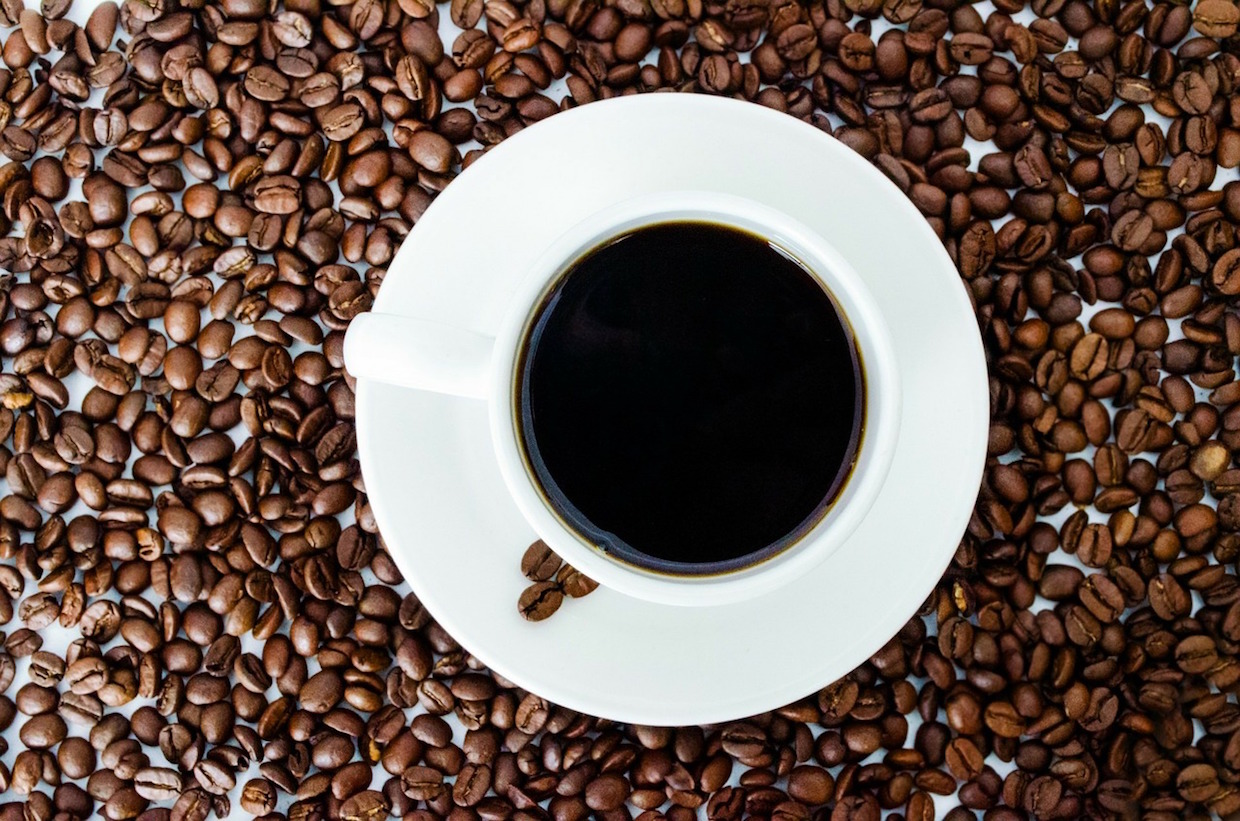This is the third installment in a series on the basics of coffee brewer components. For more info, read Part 1: Introduction and Part 2: Water Systems.
The next component of the brewing system is the dispensing/brewing system. This is the system that makes sure you have delicious coffee brewed at the correct time and volume.
Normally there are five basic components: The on-off switch, the brew switch, the timer, the brew valve, and the dump valve.
On-Off Switch
The first step in the process is the on-off switch. This is a simple switch that has one set of contacts called the single pole and one switching position similar to a lamp switch which conducts current (single throw). The mechanism is composed of two positions: open (off) and closed (on). The switch is called a “single throw” because only one position allows the flow of current.
Brew Switch
The brew switch is next. It’s a normally open switch. Its purpose is to activate the timer when it is pushed in. There are two types of brew switches. Brew switches can be either a simple button or more complex, like the turning latch on some models.
Timer
The timer then takes over. The timer is either a solid-state relay or a digital switch. It has connecting terminals exposed for easy connection. Once the brew switch is pressed, it activates the timer, starting a count in seconds. While the timer is counting down, it also energizes the dump or fill valve to open and allow water into it from the heating tank. The heated water flows to the bypass and spray head.
Brew and Dump Valve
There are two types of dispense systems on brewers. The first is gravity-fed, the most common. The second system is the pump-driven system. With this system, the timer energizes the pump to send water up the spray head. This timer is set to run for the number of seconds you need to get the correct volume.
The brew and dump valve operates like a water inlet valve. It’s a solenoid valve consisting of a valve body, an electrical coil and a plug that open and closes. The timer charges the solenoid by electrifying the coil to open it. Once opened, it allows water to flow from the heating tank to the spray head. It remains open if the coil is electrified.
Over the past 20 years, more and more brewers are controlled by a digital control board. This board controls all functions of the system. The digital board can add more precision to coffee production and eliminate the need for the timer, a water level control board, the primary thermostat, and all the on-off and warmer switches.
[This article is appearing as part of an unpaid editorial collaboration between DCN and the Coffee Technicians Guild. It was originally published in the CTG blog and is republished here with permission. The Coffee Technicians Guild (CTG) is an official trade guild of the Specialty Coffee Association (SCA) dedicated to supporting the coffee industry through the development of professional technicians.]
Hylan Joseph
Hylan Joseph is the West Coast service manager for Espresso Partners and is the current chair of the Coffee Technicians Guild Leadership Council.







Comment